When Father Bill Vos traveled overseas 37 years ago to serve in Tanzania, Africa, he had no cellphone, no laptop, no iPad. The Internet was just gearing up, mainly being used by scientists and military experts. He had to rely on the postal system to get word to and from home, a process which took about three weeks — one way.
Conversely, Molly Minnerath, 23, recently returned from a year of service in the Bolivia Mission Immersion program as a short-term Maryknoll missioner. In almost real time while she was there, she shared photos and reflections through Facebook, her blog and with friends and family through social media applications like FaceTime and WhatsApp.
“I think that technology can help shape the way people think and learn about mission,” said Minnerath, a native of Alexandria.
“I saw much of my communication back home as ‘reverse mission’ — that is, inviting people along with me on my journey as a missioner in Bolivia to learn about the beautiful people and culture I was experiencing and realizing the struggle of the poor and marginalized in Cochabamba,” she said.

Minnerath was involved with “Manos con Libertad,” (Hands with Liberty), a cooperative of women in, and transitioning out of, prison in Cochabamba. She also worked at a home for children who had been orphaned, abandoned or removed from their homes because of high-risk situations.
She said she never saw her mission as “proselytization, but really entering into a people and culture that is so beautiful and letting them and their experience enrich my life, my faith and my attitudes toward the world beyond my limited experience.
“These realizations were things I wanted to share with my friends and family, a feat made easier by technology,” she said.
Along with the enhancements that technology brings also comes some challenges.
“When I got home from Tanzania, I did mission education,” said Father Vos, a priest of the St. Cloud Diocese.
“It was very difficult to convey the reality because we had very limited media possibilities. We could show a few pictures and so on but it didn’t have the same impact that the current technical capabilities can.”
For the new missioners, he said, using social media is the normal mode of communication.
“For people of my generation, many of us have learned to use it but it’s like an add-on, it is not assumed,” he said. “Global technology has broken down so many of the limitations that we had of knowing and connecting and that is certainly a great advancement, but there’s always a downside.”
Father Vos said the biggest disadvantages are the potential to “reduce the level of depth of encounter” and that the “spontaneity of it can be wonderful, but often lacks depth.”
“With the level of the speed and immediacy of media, we might lessen the opportunity to really immerse [ourselves] in, and truly enculturate with, those we are encountering. It requires time and care to really be present. I think social media almost by definition limits one’s desire to slow down and truly connect with others.”
For Minnerath, a graduate of the College of St. Benedict in St. Joseph, one of the logistical challenges was that the Wi-Fi simply was not reliable. More important, she said it was hard to find balance.
“It was hard in some ways to find a balance between living intentionally and being in contact with my friends and family all over the world. I tried to stay really committed to being with my Bolivian friends when I was with my Bolivian friends, partaking in community and spirituality night when we had community and spirituality night, and reconnecting with friends and family when I was reconnecting with friends and family. But this balance was tricky and something I was constantly reflecting on and trying to improve on,” she said.
Minnerath feels that being connected to people all over the world offered her a diverse and needed support system. She stayed connected with her friend Katie Kelly, whom she met while studying theology at CSB. Kelly works as a youth minister at St. Stephen Catholic Church in Anoka.
“I do feel like I got to see what Molly’s life was like as missionary,” Kelly said. “She actually was able to FaceTime my students once and share her life in Bolivia, which was such a rewarding experience for me and my students.”
All-in-all, Minnerath said her connections both near and far made the experience what it was supposed to be — a year of learning, growing and stretching.
“It was reflective and beneficial for me to be able to tell my stories and reflect through my experiences with people who were not in Bolivia with me, people who knew me well and could offer me a different lens to look at the world through that was different from where I was standing,” she said.
“It was also beneficial for me to be in contact with my friends and family to hear about their lives, too. I had many friends living on different continents doing service or mission, so to be able to be intentional with them and hear their stories, too, was very needed and a very positive part of communication for me.”
Her year in Bolivia ended in August and after a brief visit home, she headed to Oakland, California, where she works full time at the Oakland Catholic Worker.




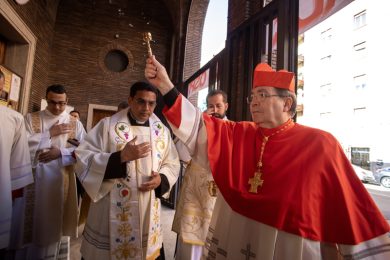
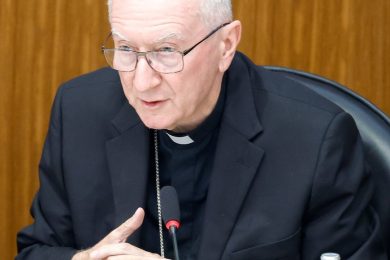
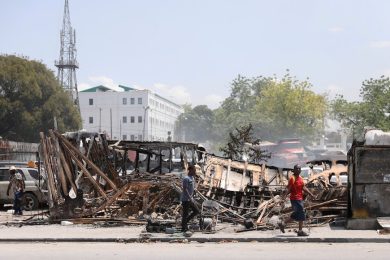

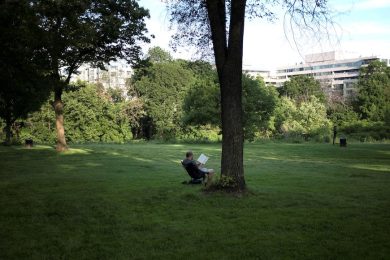





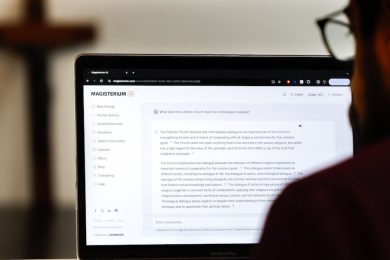







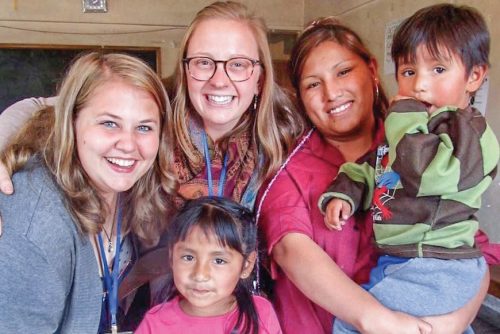
Loved the article! We move forward with new technology, ever mindful of the need to balance benefits and limitations. Nicely done.